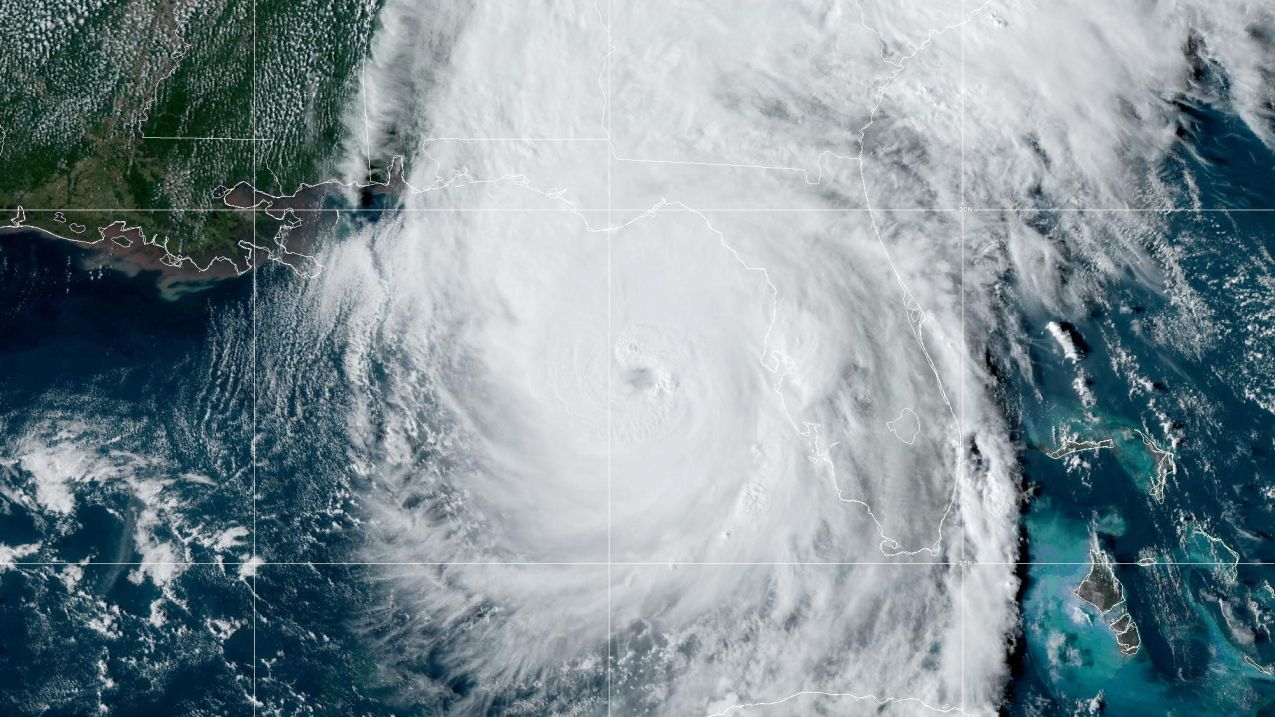
NOAA hurricanes are a topic of great interest, especially during hurricane season. But what exactly does NOAA do when it comes to hurricanes? NOAA, or the National Oceanic and Atmospheric Administration, plays a crucial role in tracking and predicting these powerful storms. They use advanced technology, including satellites and aircraft, to monitor storm development and provide timely warnings. This helps communities prepare and stay safe. NOAA's data is essential for understanding hurricane patterns and improving future forecasts. Want to know more about how NOAA tackles these natural phenomena? Here are 10 fascinating facts about NOAA hurricanes that will blow you away!
NOAA's Role in Hurricane Tracking
The National Oceanic and Atmospheric Administration (NOAA) plays a crucial role in monitoring and predicting hurricanes. Their efforts help save lives and minimize property damage. Here are some fascinating facts about NOAA's hurricane tracking.
-
NOAA's Hurricane Hunters: NOAA operates a fleet of aircraft known as the Hurricane Hunters. These planes fly directly into hurricanes to collect data on wind speed, pressure, and temperature. This information is vital for accurate forecasting.
-
Advanced Satellites: NOAA uses advanced satellites like GOES-16 and GOES-17 to monitor hurricanes from space. These satellites provide real-time images and data, helping meteorologists track storm development and movement.
-
Supercomputers: NOAA employs powerful supercomputers to run complex models that predict hurricane paths and intensity. These models analyze vast amounts of data to provide accurate forecasts.
-
The National Hurricane Center: Located in Miami, Florida, the National Hurricane Center (NHC) is a division of NOAA. The NHC is responsible for issuing hurricane warnings and advisories to the public.
Historical Hurricanes Tracked by NOAA
NOAA has been tracking hurricanes for decades, providing valuable data and insights into these powerful storms. Here are some notable hurricanes that NOAA has monitored.
-
Hurricane Katrina (2005): One of the most devastating hurricanes in U.S. history, Katrina caused widespread destruction in New Orleans and the Gulf Coast. NOAA's forecasts and warnings helped save countless lives.
-
Hurricane Andrew (1992): This Category 5 hurricane struck Florida and caused significant damage. NOAA's tracking and forecasting efforts were crucial in preparing residents for the storm.
-
Hurricane Sandy (2012): Sandy was a massive storm that affected the East Coast of the United States. NOAA's accurate predictions helped authorities plan and respond effectively.
Innovations in Hurricane Tracking
NOAA continually develops new technologies and methods to improve hurricane tracking and forecasting. Here are some of the latest innovations.
-
Drones: NOAA uses unmanned aerial vehicles (drones) to gather data from within hurricanes. These drones can fly into areas that are too dangerous for manned aircraft.
-
Ocean Gliders: These underwater robots collect data on ocean conditions, which can influence hurricane development. NOAA uses this information to improve their forecasts.
-
Crowdsourced Data: NOAA has developed apps that allow the public to report weather conditions in real-time. This crowdsourced data helps improve the accuracy of hurricane forecasts.
The Final Word on NOAA Hurricanes
NOAA's work on hurricanes is nothing short of impressive. From tracking storms with pinpoint accuracy to providing life-saving forecasts, their efforts make a huge difference. Hurricanes are powerful forces of nature, but thanks to NOAA, we have a better understanding and can prepare more effectively. Their research helps us grasp the complexities of these storms, leading to improved safety measures and response strategies.
Remember, staying informed and prepared is key. NOAA's resources are invaluable tools for anyone living in hurricane-prone areas. By paying attention to their updates and warnings, you can protect yourself and your loved ones. So next time a hurricane is on the horizon, trust NOAA to guide you through the storm. Their dedication and expertise ensure we're not facing these natural disasters alone.
Was this page helpful?
Our commitment to delivering trustworthy and engaging content is at the heart of what we do. Each fact on our site is contributed by real users like you, bringing a wealth of diverse insights and information. To ensure the highest standards of accuracy and reliability, our dedicated editors meticulously review each submission. This process guarantees that the facts we share are not only fascinating but also credible. Trust in our commitment to quality and authenticity as you explore and learn with us.
